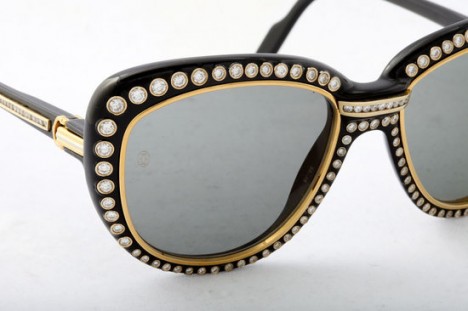Redefining Beauty: Embracing Diversity and Inclusivity in the Modern Age
In an era where airbrushed images flood our social media feeds and beauty standards are relentlessly dictated by narrow ideals, it’s time to challenge the status quo and redefine what it truly means to be beautiful. The conventional notion of beauty, with its emphasis on flawless features and unattainable perfection, is not only limiting but also exclusionary, leaving many feeling inadequate and marginalized. It’s time to shift the conversation and embrace a more inclusive and diverse definition of beauty—one that celebrates authenticity, individuality, and inner radiance.
Beauty, at its core, is not confined to a specific set of physical attributes or societal norms. It is a reflection of the unique essence of each individual, encompassing a spectrum of shapes, sizes, colors, and identities. True beauty lies in the courage to embrace one’s authentic self, flaws and all, and to radiate confidence from within.Embracing diversity in beauty means acknowledging and celebrating the myriad ways in which people express themselves and defy traditional norms. It’s about amplifying voices that have long been silenced or overlooked, and recognizing that beauty knows no boundaries of age, race, gender, or ability. By dismantling stereotypes and challenging preconceived notions, we create space for everyone to feel seen, valued, and empowered.One of the most powerful drivers of change in the beauty industry has been the rise of the body positivity movement. Spearheaded by individuals and activists who refuse to be defined by unrealistic standards, this movement celebrates bodies of all shapes, sizes, and abilities. It challenges the toxic culture of diet culture and promotes self-love and acceptance as the ultimate forms of beauty.
Similarly, the push for greater representation and inclusivity in media and advertising has helped to broaden the definition of beauty and challenge conventional notions of attractiveness. From campaigns featuring models of diverse backgrounds to brands offering inclusive shade ranges and gender-neutral products, there is a growing recognition that beauty is not one-size-fits-all.
But the journey towards a more inclusive beauty industry is far from over. Despite progress, there is still much work to be done to dismantle systemic inequalities and create a more equitable playing field for all. This requires not only greater representation in media and advertising but also systemic changes within the industry itself, including improved accessibility, fair labor practices, and transparent marketing.
Ultimately, redefining beauty is not just about changing external perceptions—it’s about fostering a cultural shift that values authenticity, diversity, and inclusivity in all aspects of life. It’s about recognizing that beauty is not something to be attained or achieved but rather something to be celebrated and embraced in all its multifaceted glory. By embracing our differences and celebrating the beauty inherent in every individual, we can create a world that is truly inclusive, equitable, and beautiful for all.
let’s delve deeper into several key aspects:







